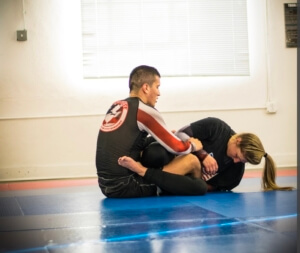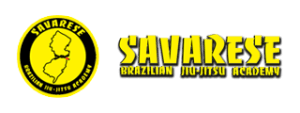Building your repertoire in Jiu-Jitsu
Building your repertoire in Jiu-Jitsu
Building your repertoire in Jiu-Jitsu can be hard. Also, at times, a blow to the ego. For example, when a young musician develops, a big part of that development is building a repertoire of musical pieces that they can play extremely well, a good gauge of their developing maturity as an artist is the growing extent of their repertoire. As a Jiu-Jitsu practitioner, you are as much an artist as a musician, and like them – you must constantly seek to both refine and expand your repertoire; only your repertoire won’t be concerned with music, but with moves enabling you to control, break and strangle opponents. Make sure that at any given time you have a specific set of moves (usually a rather small set) that you are actively working to learn and develop into something you can use successfully against your toughest opponents. If you keep coming out to fight the same people with the same moves it will become difficult as they learn to predict and anticipate your attacks. Actively adding to your repertoire is a fine way to make you unpredictable and stay ahead of your competition. Here, our student Ariana works on her leg lock game – totally new to her when she first started – but one day can perhaps be a major part of her offense. So too in your own life, just because you are not good at something now does not mean you are condemned to stay that way. I have seen many an athlete turn a weakness into a strength in time, you can too!

Building your repertoire in Jiu-Jitsu
